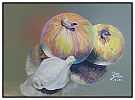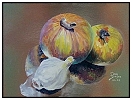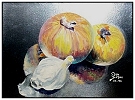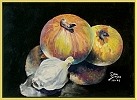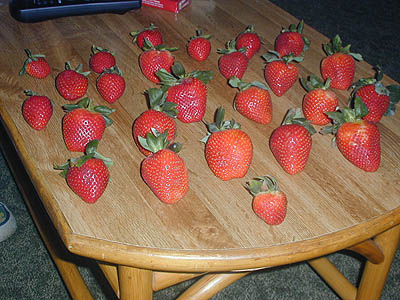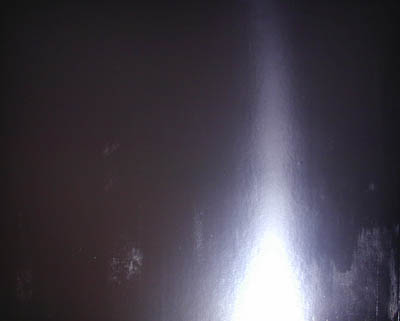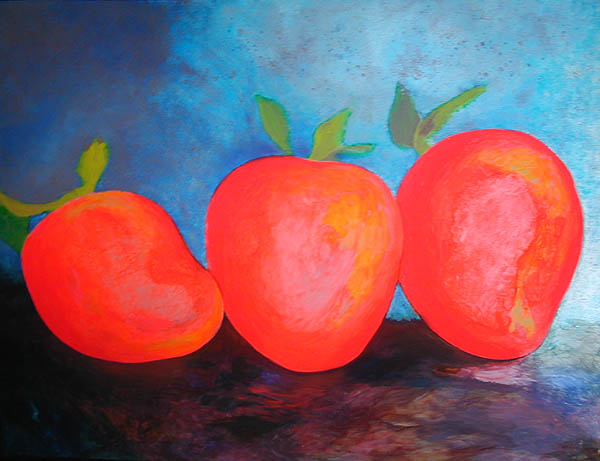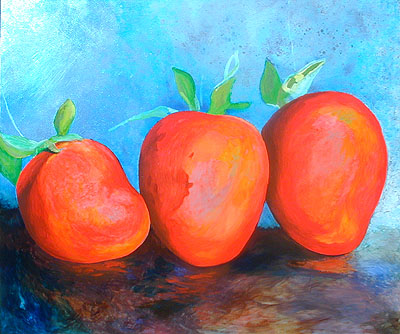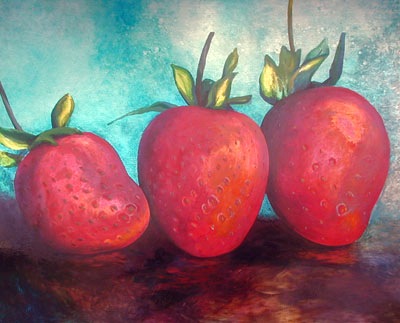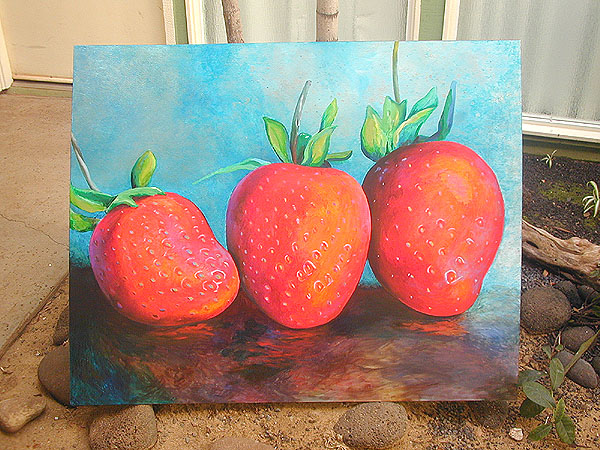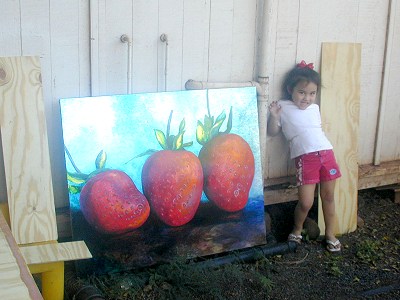Day 10, Finished. The final protective gloss is by Gamblin.
These photos were all made in the same half hour with the same white balance setting.
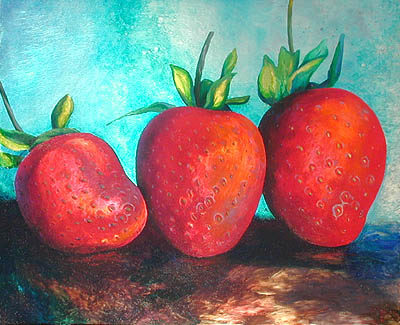 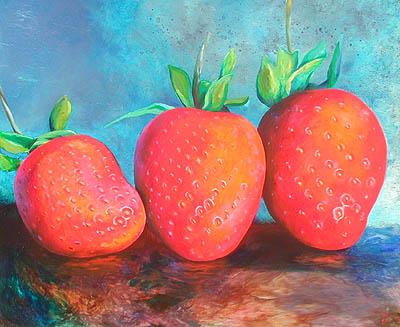
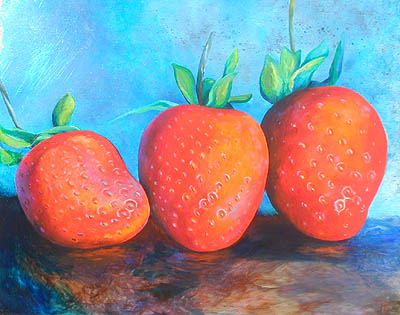 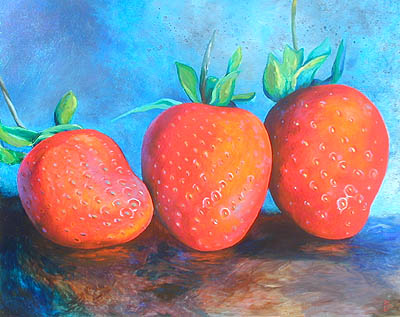
This is photographed in the studio with flat lighting, one light on each side with no reflections back to the camera. This image shows reflections off the silver as dark.
That's why the background at the top left is dark.
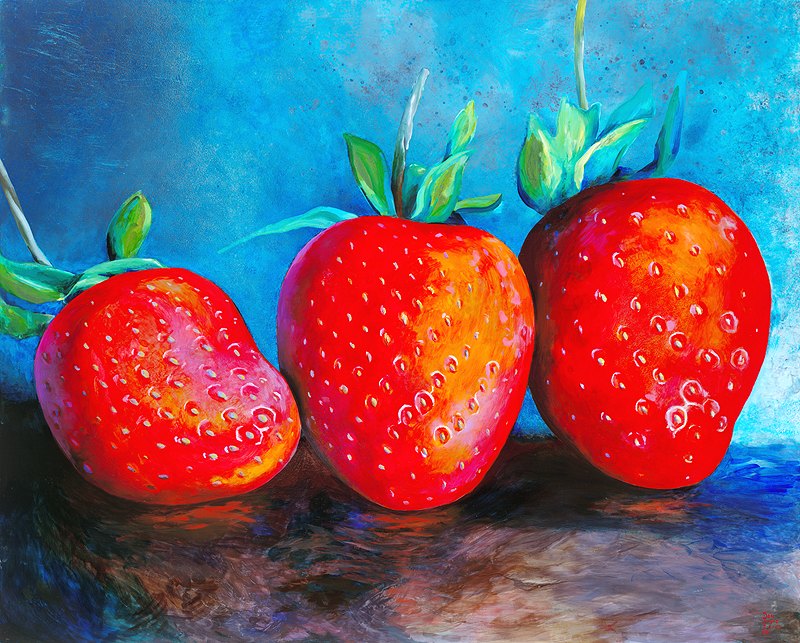
The history of transparent pigment painting.
A/D 700 CONSTANTINOPLE, The Lucca Manuscript
describes some little known forms of art... one called Pictura Translucida. "At the time when artists were making paintings more beautiful then ever seen today."
This is the only reference in all of time of this painting technique and was used in the Dark Age.
They had not only a complete opaque palette, but a complete transparent palette as well. By today's standards the colors were not as permanent. They made a halo or face glow by adding reflectance to the surface support. They, the Byzantines, painted on a shinny tin plate. To give you an idea of how this works, raw sandracca resin can have a yellow transparent color, and when painted on shinny tin it gives the appearance of gold.
Here is a tip if you are going to try painting in this transparent style on a shinny support such as silver, zinc, tin, aluminum, chrome or silver plastic. A mirror will not work as the clear glass has thickness. Treat the unpainted areas as a dark color. Use Opaque white as highlights.
They did have some advantages back then, their lead whites were hand ground thicker and courser so they painted more opaque and dried faster. Also they had their favorite color, Naples Yellow in tints from a cooler green-side pale yellow-brown, to a warmer red-side. Higher calcimined antimony lead colors were lightest.
Another 200 A.D. medium written about in 700 A.D. was called
Cera Colla, which is emulsified wax. Bees wax from the "honey mountain" in Greece, emulsified with ammonia from the city of Ammonium, in Egypt. The Egyptian's painted their walls with it, buff it up and it would radiate reflecting light, passageways would glow with this ammonia and water based wax paint. Casein can be added to this water based medium. Other mediums talked about were, stic-lac and borax mixed, this made an India water-based paint, gilding gums, alum, as used in dyeing, egg and wax emulsions, and the exceptional Chios resin paintings. None of these paintings survived either.
100 B/C, HERCULANEUM and POMPEII, high art painting, natural and realistic, fresco figures show solid form without resorting to outlines. Pompeii has a lot of great glue paintings protected by wax, there not hot encaustic as some historians believe. Cara Colla was also practiced and when dry only the wax and pigment are left behind. Painting Art will become scarce again, destroyed, making the second Dark Age of painting after the Vesuvius eruption in A/D 79, until its resurrected by Cimabue, in A/D 1300, Giotto, Duccio and finally, the great Masaccio a hundred years later in 1420. Twelve hundred years of paintings work was destroyed by the Iconoclasts of A/D 842.
Pictura Translucida, 200 A.D. was the highest in the high art of painting.
Here is a supplier of Aluminum panels. Museum Services Corporation, 1107 E. Cliff Road, Burnsville, MN 55337 USA, 952/895-5199 =voice= 800/672-1107, fax= 952/895-5298
In addition to the standard honeycomb aluminum panels, they also carry a panel called DiBond, which is aluminum skin over a poly core, and one called ArtePlex Artist Board made of an inert, composite, rigid panel (the DiBond). 2mm (1/8 inch) thick, lightweight, and covered with sun-resistant, non-stretch, linen colored, polyester fabric. Ready for acrylic gesso and transparent paint.
Here is an link to a list of some of the items they carry. You can order by the sq ft too instead of having to purchase larger sheets cutting it yourself!
http://www.museumservicescorporation.com/painting.htm
|
